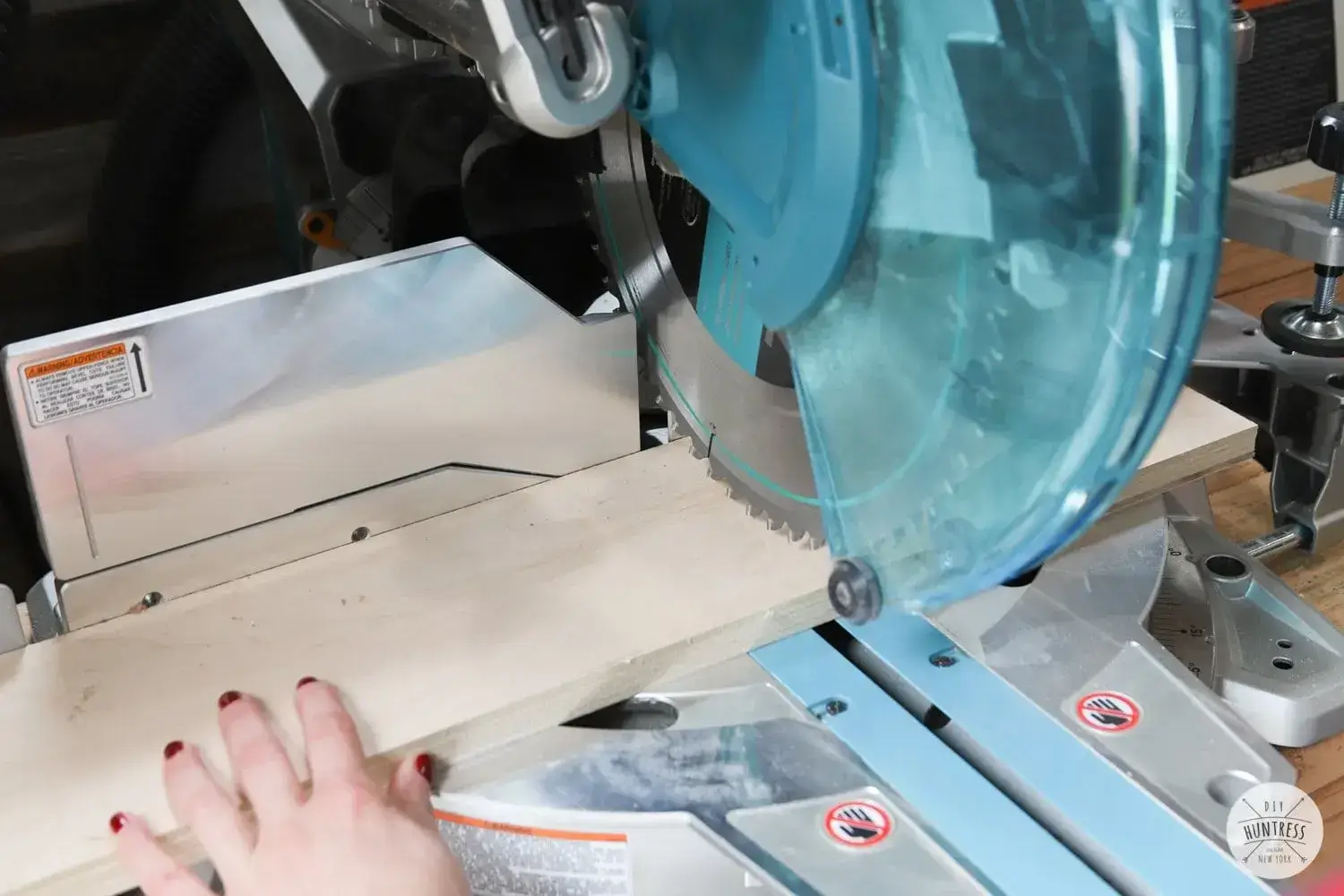A miter saw is a versatile and powerful tool that can make precise and accurate cuts in wood, metal, plastic, and other materials. It is often used for woodworking projects such as crown molding, baseboards, door frames, and furniture. But does a miter saw need to be bolted down to a workbench or a stand? This is a common question that many DIYers and hobbyists have when they buy or use a miter saw for the first time.
The short answer to whether a miter saw needs to be bolted down or not is: it depends. There is no definitive rule or regulation that requires you to bolt down your miter saw to a fixed surface. However, there are some factors that you should consider before deciding to bolt or not to bolt your miter saw. These factors include:
- The size and weight of your miter saw
- The type and frequency of your cuts
- The stability and safety of your work area
- The portability and convenience of your miter saw
Pros and cons of bolting down your miter saw
To help you make an informed decision, let’s look at the pros and cons of bolting down your miter saw to a workbench or a stand.
Pros of bolting down your miter saw
- Bolting down your miter saw can increase its stability and accuracy. A miter saw that is securely attached to a solid surface will not wobble or move during operation, which can affect the quality and precision of your cuts. This is especially important if you are making complex or angled cuts that require a high degree of accuracy.
- Bolting down your miter saw can improve its safety and prevent accidents. A miter saw that is loose or unstable can pose a serious risk of injury to you and others around you. A miter saw that is bolted down will not tip over, slide, or fall off the workbench or stand, which can cause damage to the saw, the material, or yourself. Additionally, a miter saw that is bolted down will not vibrate or produce excessive noise, which can distract you or interfere with your concentration.
- Bolting down your miter saw can extend its lifespan and performance. A miter saw that is bolted down will not experience as much wear and tear as a miter saw that is constantly moved or transported. A miter saw that is bolted down will also not be exposed to dust, dirt, moisture, or other elements that can affect its functionality and durability.
Cons of bolting down your miter saw
- Bolting down your miter saw can limit its portability and convenience. A miter saw that is bolted down will not be easy to move or transport from one place to another. This can be a disadvantage if you need to use your miter saw in different locations or for different projects. You will also need to have a dedicated space and a suitable workbench or stand for your miter saw, which can take up a lot of room and cost extra money.
- Bolting down your miter saw can restrict its versatility and flexibility. A miter saw that is bolted down will not be able to adjust to different heights, angles, or positions. This can be a drawback if you need to make different types of cuts or work with different sizes and shapes of materials. You will also need to have the right accessories and attachments for your miter saw, such as clamps, fences, extensions, and supports, which can add to the complexity and expense of your miter saw setup.
Conclusion: To bolt or not to bolt?
As you can see, there are advantages and disadvantages to both bolting and not bolting your miter saw to a workbench or a stand. Ultimately, the decision depends on your personal preference, needs, and situation. You should weigh the pros and cons of each option and choose the one that suits you best.
If you decide to bolt down your miter saw, make sure you follow the manufacturer’s instructions and use the appropriate hardware and tools. You should also check the alignment and calibration of your miter saw regularly and make any necessary adjustments.
If you decide not to bolt down your miter saw, make sure you use a sturdy and stable workbench or stand that can support the weight and size of your miter saw. You should also secure your material and use proper safety precautions when operating your miter saw.
Whichever option you choose, remember that a miter saw is a valuable and useful tool that can help you with many woodworking projects. By taking good care of your miter saw and using it correctly, you can enjoy its benefits for a long time.

